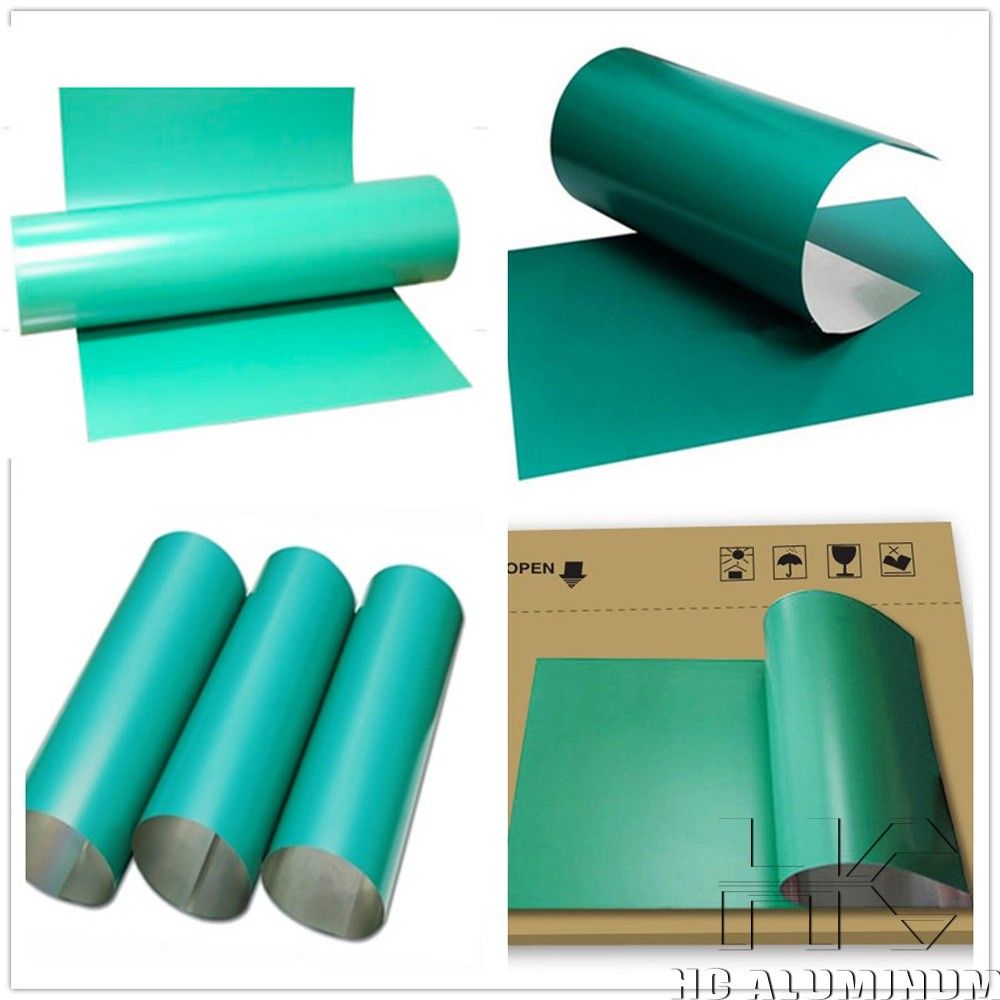If you have any questions, you can directly consult our online customer service. You can visit us online via WhatsApp. We look forward to your visit.
WhatsApp:8618703635966 Online
Aluminum Manufacturer for Printing
Aluminum for printing refers to high-quality aluminum alloy plates used to make printing plates, mainly used to make PS plates and CTP plates, and widely used in various graphic offset printing.
HongChang Aluminum can provide alloy grades of 1050, 1060, 1070, 1050A and other aluminum alloys. The most commonly used aluminum coil thickness is 0.14 mm-0.27 mm, and the tempering state is H18.
The surface of the aluminum alloy plate is electrolytically ground, anodized and coated with a layer of photosensitive material for printing. Including PS plate base, UVCTP plate base, thermal CTP plate base.
Advantages of aluminum coil for CTP/PS printing plate:
1. Good processing performance: easy to cut, stamp, bend and weld, suitable for making various printing plate bases.
2. Excellent flatness: After special treatment, it can meet the high flatness requirements of the printing plate base.
3. Strong corrosion resistance: Surface treatments such as anodizing and electrophoretic coating improve corrosion resistance and extend service life.
4. Lightweight and high strength: Low density but high strength, suitable for carrying printing machine accessories and frames.
Surface treatment:
Anodizing: Aluminum is anodized to increase the wear resistance and adhesion of the surface, making it easier to coat photosensitive materials later.
Coating: The surface of aluminum for printing is often coated with UV, visible light or heat-sensitive layers for CTP platemaking to ensure the clarity and durability of imaging.

The CTP/PS printing process requires the use of thin aluminum plates with hydrophilic coatings. With the help of heat or light, the image penetrates the hydrophilic coating and exposes the hydrophobic surface. The difference in the hydrophilic and hydrophobic properties of the plate surface determines which part of the plate the ink will adhere to, creating the printed image.
A smooth plate surface is critical to printing performance. Because the plate surface is deliberately affected by heat or light during the imaging process, the monitoring system needs to be able to accurately detect actual defects rather than these deliberate etchings. In addition, the inspection process must not damage the plate surface to ensure printing quality.

